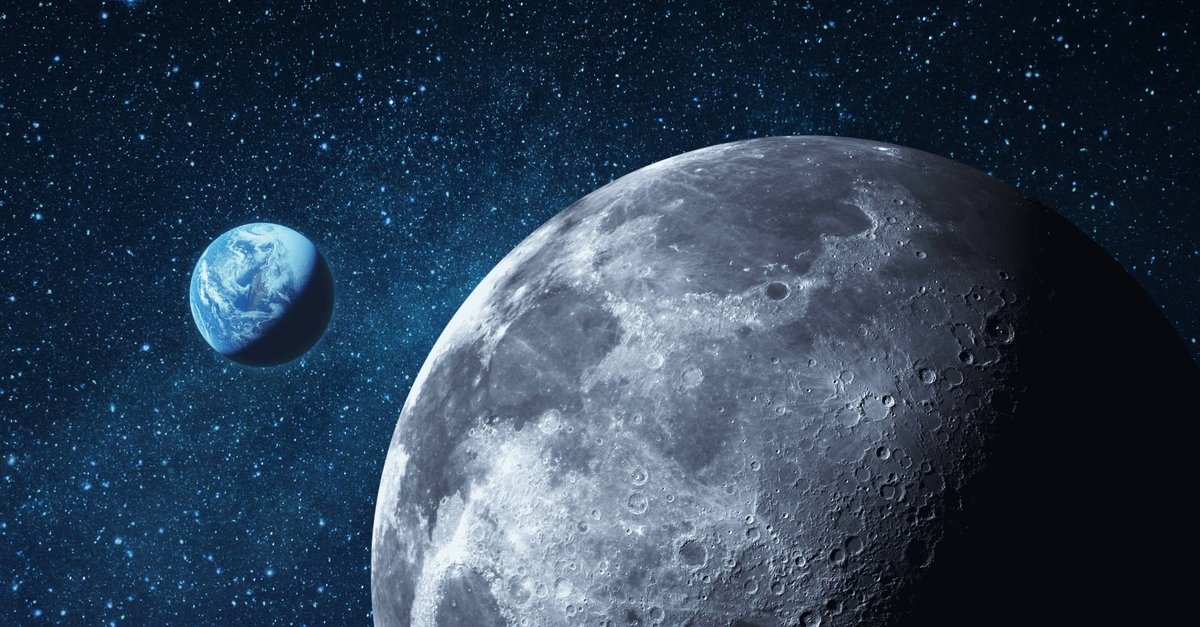“I love it when she becomes a star,” Christina Koch said. The astronaut stood with three colleagues wearing blue flight suits on a hill at the Kennedy Space Center in Florida and looked up at the night sky as the most powerful rocket ever launched became a point of light. A few minutes ago, at 1:47 a.m. on November 16, 2022, the 32-story rocket, called the Space Launch System (SLS), lifted off. Through the scope, the missile’s bright orange exhaust plume was blinding. Its 39,100 kilonewtons of thrust – the equivalent of 31 jumbo jets – crackled in the lungs.
The giant rocket hurtled toward its path, carrying the Orion spacecraft into space. Its goal was to take astronauts into space further than ever before. To measure how extralunar space would affect astronauts, the crew module carried a male dummy and two “ghost” torsos, to measure the dummies modeled after the female body. Over the course of 25 days, 10 hours and 53 minutes, these dummies will travel nearly half a million kilometers from Earth before falling back at approximately 40,000 kilometers per hour. The next Orion will have four people on board as it orbits the moon. At that time in Florida, Christina Koch was hoping to be one of them.
The launch of the Artemis I mission in 2022 was a milestone for NASA. It wants to bring people to the moon for the first time in more than 50 years. If all goes according to plan, Artemis II could fly into lunar orbit with a crew as early as the end of 2024. An Artemis III lunar landing – with a manned lunar landing – is scheduled for the end of 2025. After that, Additional missions should establish a long-term presence on the Moon. Why? The moon’s surface remains a wonderland for science: lunar dust and rocks document changing solar activity over 4.5 billion years. Its craters could reveal the secrets of ancient meteorite collisions that also occurred on Earth. Icy dirt found at the moon’s north and south poles could provide insight into how water gets into the solar system.
The astronauts are scheduled to land near the South Pole to investigate suspected frozen water deposits. Political interests also play a role: they relate to international cooperation, supply contracts and jobs in the high-tech sector. In addition, the Moon is a preparation for a manned mission to Mars, perhaps in the 2030s. NASA wants to know if there is life on the red planet. The Artemis program ran into difficulties. Years of delay. Billions of dollars in cost overruns. Doubts about whether there is a need for humans to search in space.
But if the mission succeeds, it won’t just be about returning astronauts to the moon’s surface. The project could also herald an era of great possibilities. This brings with it a humbling responsibility: it is an age in which humanity regularly lives and works in worlds beyond our own. “We are opening the first page of a new chapter in space exploration,” said Jacob Bleicher, who leads NASA exploratory research.

“Total coffee aficionado. Travel buff. Music ninja. Bacon nerd. Beeraholic.”







More Stories
The distance from Earth to the Moon is not that easy
European Space Agency image showing “traces of spiders on Mars”
“Traces of spiders on Mars”